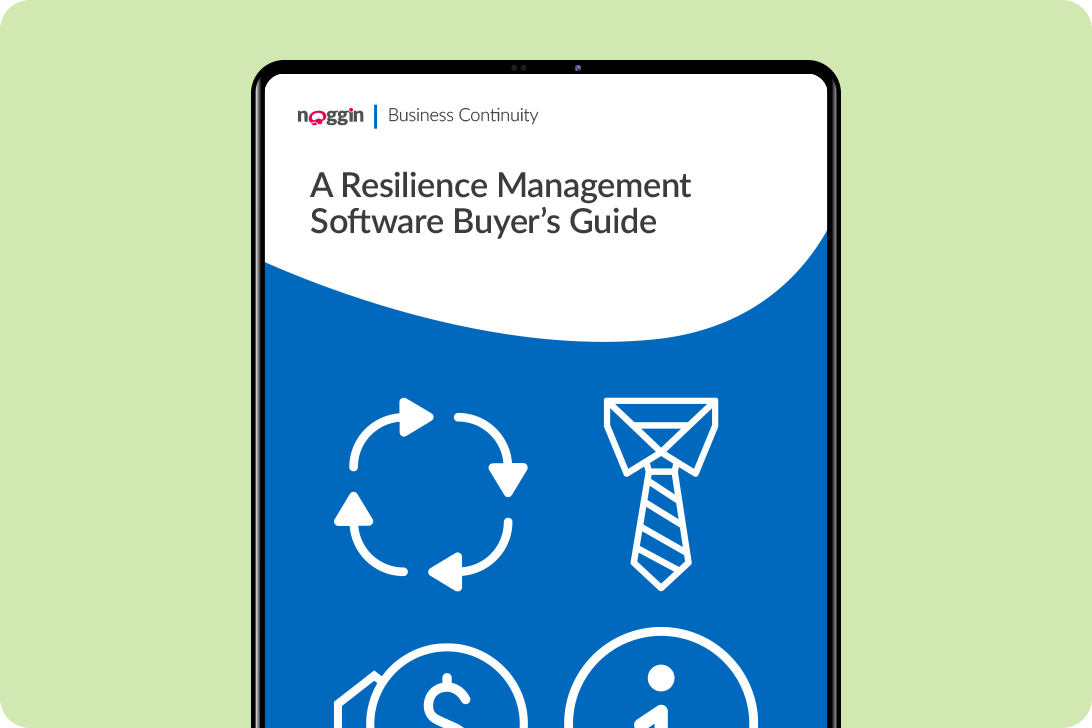Business Continuity Management Requirements to Consider in 2023
Several years of successive crises have underscored the importance of business continuity management. But while setting business continuity goals in 2023 is essential, execution is just as important. How to go about executing? Implementing best-practice business continuity management requirements is a good place to start.
Understanding the role of business continuity management requirements
Indeed, the primary purpose of business continuity is to minimize the adverse financial, legal, regulatory, and reputational consequences that can arise from disruptions to critical business operations. These operations encompass functions, resources, and assets that, if interrupted, can have a substantial impact on revenue, profitability, and reputation.
Where do business continuity management requirements come in?
Well, business continuity management requirements play a vital role in ensuring the ability to maintain or recover critical business operations promptly during disruptions.
What are the generic requirements for business continuity management?
But who’s in charge? Well, senior leadership is ultimately responsibility for ensuring compliance. Compliance with what, though?
Again, that’s where business continuity management requirements come in.
You see, as each business is unique, individual business lines, in collaboration with the Business Continuity function and senior leadership, typically develop specific requirements based on their respective risk profiles.
Of course, many are unsure where to begin. Best practice comes in handy, here. More specifically, the widely adopted, international best-practice standard ISO 22301 serves as a model for many sector-specific business continuity frameworks.
And the standard outlines the following generic business continuity management requirements:
General requirements
Establish a business continuity policy that’s appropriate to the organization’s purpose, provides a framework for setting business continuity objectives, demonstrates a commitment to meeting applicable requirements, and emphasizes the continuous improvement of the business continuity management system (BCMS).
Business continuity policy requirements
Demonstrate leadership and commitment to the BCMS by establishing a business continuity policy and objectives that align with the organization’s strategic direction.
Business impact analysis requirement
Conduct a process for analyzing the impact of disruptions on business operations to determine priorities and requirements for business continuity. This business impact analysis process should define impact types and criteria relevant to the organization, identify activities that support the provision of products and services, and assess the impacts resulting from the disruption of these activities over time.
Recovery requirements
Establish documented processes for restoring and returning business activities to normalcy after implementing temporary recovery measures during and after a disruption.
Notification and planning requirements
Implement and maintain a response structure that facilitates timely warning and communication with relevant stakeholders. Develop plans and procedures to manage the organization during disruptions, based on the output of selected strategies and solutions. These procedures should specify immediate steps to be taken during disruptions, be adaptable to changing internal and external conditions, focus on the impact of incidents that may lead to disruptions, effectively minimize the impact through appropriate solutions, and assign roles and responsibilities for tasks.
Prioritizing business continuity management in 2023
No doubt about it, if business continuity hasn't been a priority until 2023, you’re behind. But there’s no reason why you can’t catch up before it’s too late. Engage in the business continuity planning process and establish a list of business continuity management requirements to ensure compliance.
However, having business continuity management requirements alone won’t guarantee compliance. Many organizations possess elaborate requirements but struggle to meet compliance standards, whether internal or external. To operationalize compliance, consider using the best business continuity planning software.
Not sure where to find the best return for your investment? Download our guide, Calculating the ROI of Business Continuity Management Software for a good starting point.




